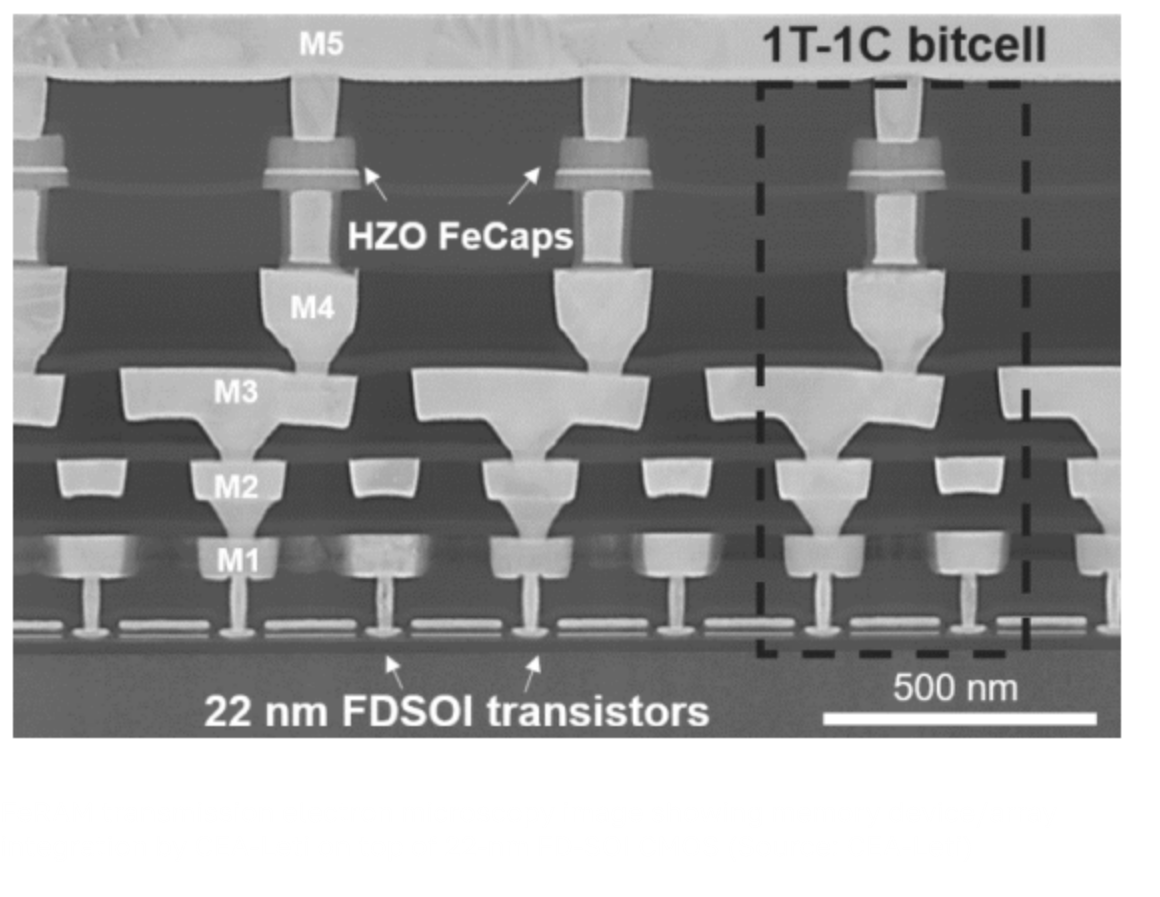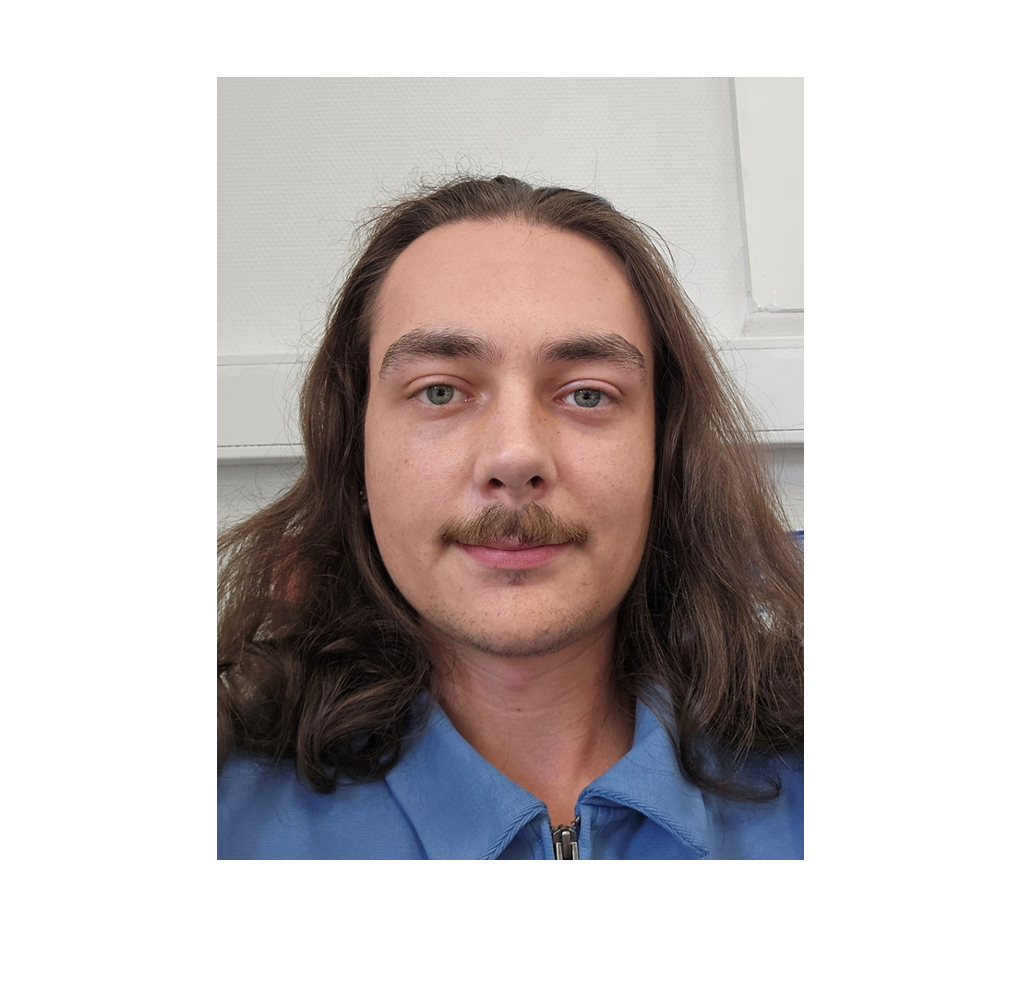We are part of the Service of Condensed Matter Physics (SPEC) in the IRAMIS institute of the French Atomic Energy and Alternative Energies Authority (CEA). Our research focuses on the study of the electronic and chemical structure of functional oxide surfaces, interfaces and films. To do so we employ a wide array of photoemission-based surface analysis techniques such as XPS, HAXPES, ARPES and PEEM as well as electron probes such as LEEM.
Our experimental work is done in both laboratory and synchrotron environments. We attach a lot of importance in building lasting collaborations with groups who are expert in epitaxial thin film growth, complementary experimental analysis techniques, device applications, micro and nanoelectronics technology, modelling and simulations.

News
We are thrilled to annouced that our work on electron trapping/detrapping in HZO has just been published in APL as featured/editor’s choice. This article dealt with expriments performed by W. Hamouda during his PhD work in the LENSIS. This project received funding from the European Union's Horizon 2020 research and innovation program under Grant Agreement No. 780302 3 FERRO.
Read more : https://doi.org/10.1063/5.0288835
We are happy to welcome Jayshree Dadheech, our new PhD student in LENSIS.
I am Jayshree Dadheech from India. I have completed my Masters in Physics from the National Institute of Technology, Rourkela, India. I have a strong passion for exploring new aspects of nature which has led me to CEA and France. I am beginning my Ph.D. thesis at LENSIS, SPEC, CEA on “Advanced characterization of ferroelectric domains in hafnia-based thin films.” The aim of this project is to explore various properties of hafnium oxide-based thin films in real time for potential applications in ferroelectric random-access memories (FeRAMs). It will effectively utilize techniques like PFM, LEEM, PEEM and XPS to characterize and study the ferroelectric response in real time during the ferroelectric switching. I am looking forward to learn, connect and collaborate with colleagues here at CEA.
PhD funded by FerroFutures (https://www.pepr-electronique.fr/fer/).
We are thrilled to announce that our work has been recently published in Journal of Applied Physics. The article is entitled “Correct quantification of oxygen vacancies in ferroelectric hafnia”.
This work is a fruitful collaboration between the LENSIS, STMicroelectronics, the NaMLab, the Munich University of Applied Sciences, the Air Force Research Laboratory Materials and Manufacturing Directorate and the National Institute of Standards and Technology. This project was funded by the ANR project “D3PO” as well as the AFOSR project “GO-FERRO”
Read more here: https://doi.org/10.1063/5.0288354
Tom Iung, Thomas Cornélius (IM2NP), Lucía Pérez Ramírez, and Eun-Jin Koh recently conducted micro-X-ray diffraction (μ-XRD) experiments at the DIFFABS beamline of the SOLEIL synchrotron (Saint Aubin, France).
The main goal of this beamtime was to monitor in situ the crystallization (see picture) and phase evolution of a metal-ferroelectric (Si:HfO2)-insulator-semiconductor stack, which was fabricated in an industrial cleanroom at STMicroelectronics, Crolles. The annealing process, carried out between 450°C and 1000°C, aimed to assess the stack’s compatibility with both BeOL and FeOL processes. Additionally, the team evaluated potential phase transformations due to electric cycling for patterned stacks annealed at 750°C and 1000°C under industrial FeOL conditions.
This research is funded by the ANRT and the Ferro4EdgeAI (Grant agreement n° 101135656) project. The team expresses their gratitude to the Diffabs beamline scientist Cristian Mocuta for his support.
More than 1100 scientists took part in the 2025 edition of International Conference on Solid State Devices and Materials (https://ssdm.jp/) in Yokohama, Japan from 15th-18th September. Nearly 300 oral and 177 poster presentations covered a wide range of subjects from Flash memory, through design, photonics to wide band semiconductors and, of course, ferroelectrics for logic and memory technology. The latter attracted a record participation, with not less than 5 sessions dedicated to ferroelectrics.
Conference highlights included the plenary talk by Myeong-Jae Park (SK Hynix) on the pressing need for high bandwidth memory, not only for learning but also for mass parallel processing. Jun Okuno (Sony corporation) presented an overview of recent work on ferroelectric memories including FeRAMs, NV SRAMS and MFM invertors. Zhenhong Liu (Tokyo University) and Fei Yu (Xidian university) both emphasized the key role of charge trapping at oxygen vacancies in determining imprint and degradation. Takuya Maeda’s presentation on Recent Advances in ferroelectric ScAIN/GaN-based High Electron Mobility Transistors also attracted much interest.
Ferro4EdgeAI was well represented by S. Martin, L. Grenouillet, L. Perez Ramirez and N. Barrett with three presentations, two posters from CEA/Iramis on Cycling voltage dependence of the oxygen vacancy concentration profile in 6 nm HfxZr1-xO2 based ferroelectric capacitors and Oxygen vacancy mobility and charge de-trapping in ultra-thin HZO-based ferroelectric capacitors as a function of annealing temperature, one oral by S. Martin (CEA/Leti) on 22nm FDSOI 7 nm Hf0.5Zr0.5O2 FeRAM Demonstration for Embedded Applications: from Ferroelectric Capacitors to FeRAM Arrays.
On their quest to elucidate the influence of the top electrode material on the oxygen vacancy distribution of ultrathin HfZrO2 FeCAPs, the LENSIS recently completed a beamtime campaign at MAXPEEM. The beamline, located at Max IV synchrotron (Lund, Sweden) is specialized Spectroscopic PhotoElectron and Low Energy Electron Microscope (SPELEEM).
Lucía Pérez Ramírez and Nicholas Barrett characterized several capacitors with different electrode materials (W or TiN), cycling (pristine, woken up, fatigued), and polarization states (up or down), to analyse the effect of material parameters on the vacancy distribution.
These results should complement the ones obtained during the Diffabs campaign (SOLEIL, https://www.ferro4edgeai.eu/news/micro-xrd-at-diffabs/soleil-fecap-phase-composition ) and contribute to building a comprehensive picture of the material characterization of HZO micro-structured FeCAPs.
This work supported by the ANR-DFG D3PO and Ferro4EdgeAI projects (https://www.ferro4edgeai.eu/). The team gratefully acknowledges the expert support of the beamline team: Evangelos Golias, Yuran Niu, and Weihua Lin.
Two Ferro4EdgeAI partners have announced a close collaboration to develop FMC’s Cache+ chiplet, a low power high density alternative to standard SRAMs using 1T-1C FeRAMs with HfZrO2.
CACHE+ reimagines SRAM, the high-speed CACHE used throughout computing. It delivers ten times the density of conventional SRAM while reducing standby power by a factor of ten. It also adds persistence, and is designed to integrate seamlessly with next-generation chiplet architectures for ultra-high-performance AI inference systems. Together, these capabilities unlock new possibilities for system designers who are rethinking architectures from the ground up. Crucial for AI data centers which cannot continue consuming power at their current trajectory.
Welcome to Antoine Arnould, who has just begun a PhD thesis at LENSIS on the physics of AlBN/Ga₂O₃ and AlBN/GaN interfaces for power electronics in collaboration with AFRL (Dayton, OH, USA). He obtained his bachelor's and master's degrees in condensed matter physics at the University of Lorraine, Nancy.
Major projects
3εFerro
Energy Efficient Embedded Non-volatile Memory & Logic based on Ferroelectric Hf(Zr)O2
H2020 grant agreement 780302
HREELM
High resolution electron energy loss microscopy : production of a monochromatic electron gun at low energy.
Collaboration CEA-CNRS-University Paris Saclay









